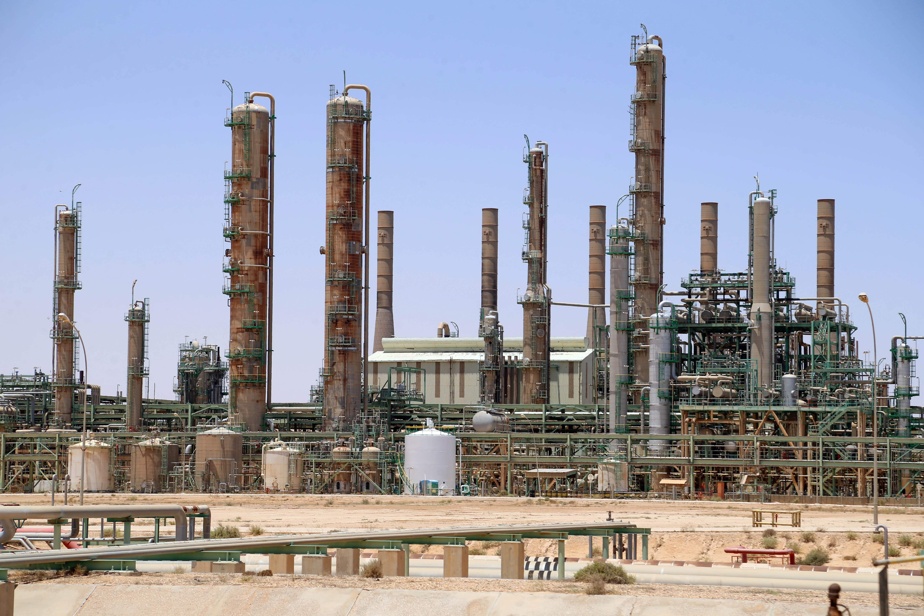(London) Oil prices remain in the green on Thursday with the closure of a major oil field in Libya due to protests, tightening supplies from the country, amid fears of an escalation of conflict in the Middle East .
Around 5:25 a.m. (Eastern time), the price of a barrel of North Sea Brent, for delivery in March, rose 0.91%, to $78.96.
Its American equivalent, a barrel of West Texas Intermediate (WTI), for delivery in February, rose 1.10% to $73.50.
“The Libyan oil fields of Sharara and El-Feel have stopped production after several days of protests in the Ubari region against fuel prices and economic prospects,” comment DNB analysts.
According to DNB calculations, the combined production of the shut-down oil fields represents 30% of Libya’s total production.
As for the risk premium for tensions in the Red Sea, it “had been integrated into the price of oil and seemed to dissipate” until the attack which left 84 dead in Iran according to the last official report, the day after the elimination of a senior Hamas official in Lebanon, explains John Evans, analyst at PVM Energy.
Investors continue to scrutinize tensions in the region, fearing an escalation to neighboring countries, major crude producers.
Since the start of the conflict, tensions have also increased in Syria and Iraq, where American bases have been targeted, but also in the Red Sea, where Yemen’s Houthi rebels are carrying out attacks to slow down “support” maritime traffic. in Gaza.
In addition, investors are awaiting the publication on Thursday of the state of US weekly commercial inventories by the US Energy Information Administration (EIA) for the week ended December 29.
The industry’s federation, the American Petroleum Institute (API), estimated Wednesday that crude stocks fell by more than 7.4 million barrels last week, and gasoline stocks rose by more than 6.9 million barrels. According to DNB analysts, these are “bearish figures”, the significant accumulation of gasoline having “more than offset the effect of the fall in crude stocks”.
However, API data are considered less reliable than those of the EIA.
Analysts, for their part, expect a drop of 3 million barrels in commercial crude reserves, and around 1.67 million barrels of gasoline, according to the median of a consensus compiled by Bloomberg.
